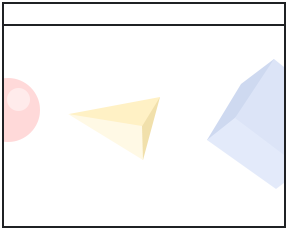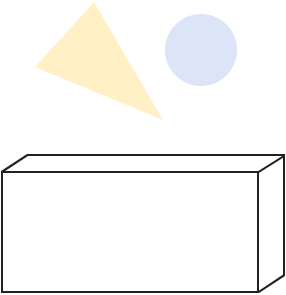
Developed in 1992, the Disability Discrimination Act 1992 (DDA) is Australia's non-discrimination law. It prohibits the discrimination of people with disabilities in work, in the provision of goods, services, and facilities, in education, accommodation, other resources developed for telecommunication services, public transportation, and in the provision of goods and services.
In accordance with the accessibility law, public-facing agencies and organizations must provide equal access to information. Additionally, it extends protection to close associates of persons with disabilities, such as relatives, friends, caregivers, and colleagues. The Act classified disabilities as:
- People with total or partial loss of bodily or mental functions
- People with total or partial loss of a part of the body
- People in whose body is organisms causing disease or illness
- People in whose body part is malfunction, malformation, or disfigurement
- People with a disorder or impairment that results in the individual learning differently from individuals without the disorder or malfunction
- Persons with a disorder, illness, or disease that affect the individual’s thought processes, the person’s perception of reality, judgment, or emotions result in disturbing behavior.
- Disabilities that presently exist, or previously existed but no longer exist, or may exist in the future, or are imputed to a person.

ICT Procurement Standard Guidance
In 2016, the Australia government enacted the ICT Procurement Standard Guidance as a procurement guideline supporting the government's efforts to make public workplaces more accessible.
The Procurement Standard Guidance does not apply to just web content; instead, it is a manual for ensuring that ICT goods and services purchased by the Australian Government are accessible to all employees. It covers two-way audio and video, hardware, software, and web-based ICT products, along with any support services, and all procurement processes must ensure that employees can use ICT products regardless of impairments and disabilities. The ICT Procurement Standard Guidance also echoes the European Standard – EN 301 549 (which includes WCAG 2.1 Level AA) but its main application is during the renewal or replacement of ICT goods and services or renewal of any coordinated procurements. This procurement recommendation employs WCAG 2.0 and works in conjunction with Australia's existing procurement guidelines.

FAQS
What does the Australian Accessibiliw Law cover?
Websites, mobile applications, web-based ICT products, etc to meet the WCAG 2.0 Level AA.
Who must comply with Australian Accessibility Laws?
All Australian federal bodies and vendors, contractors, and partners of those agencies.
Failure to comply with the laws may result in legal and financial penalties, and negative publicity.
What is the Australian ICT Procurement Standard Guidance?
The guideline covers 2-way audio-based, video-based, hardware, software, and web-based ICT products, along with any support services, and requires all procurement processes to ensure that all employees can utilize ICT products regardless of impairments disabilities.
